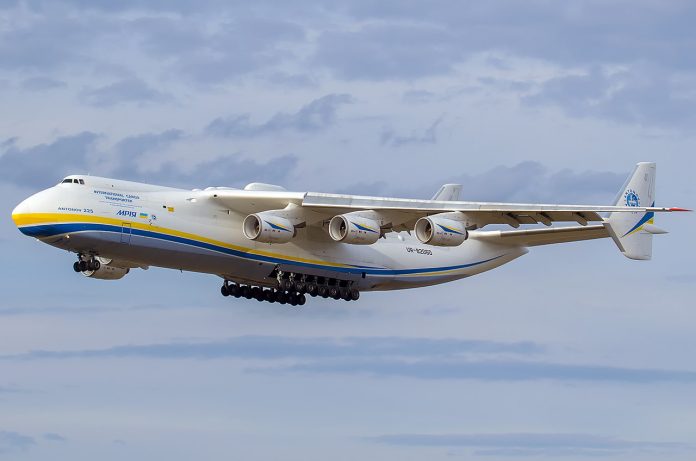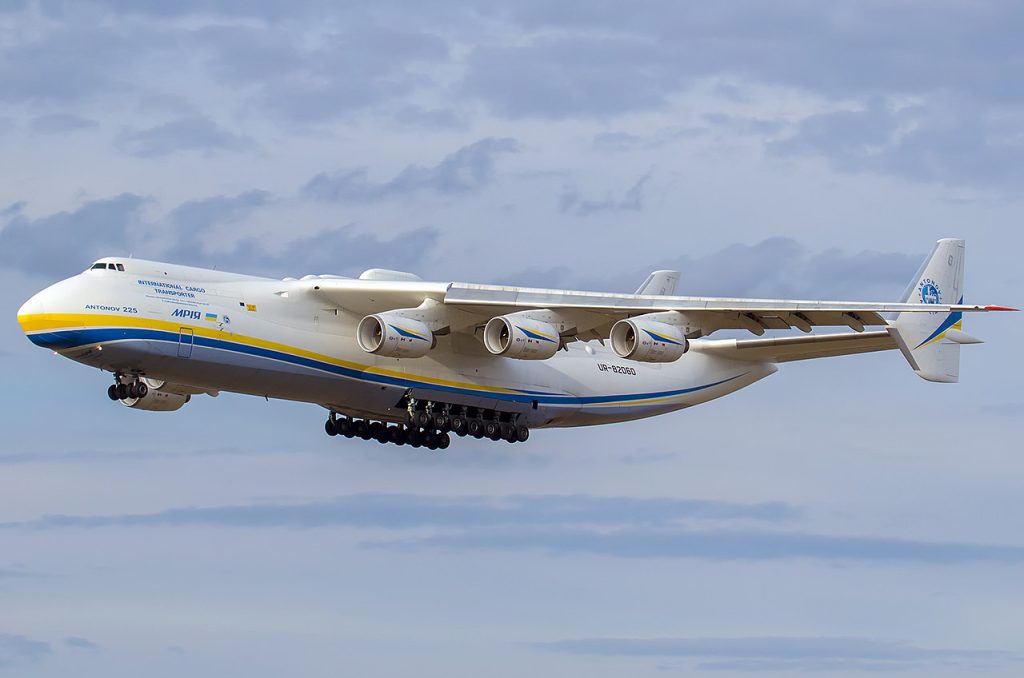
Can the world’s largest plane ever actually rise again? When, this February 2022, the Antonov An-225 “Mriya” was reduced to rubble during the Battle of Hostomel, something more than the destruction of an engineering wonder-which had broken records-took place; it was the destruction of a national symbol. The six-engine giant, built in the late 1980s to carry the Soviet Buran space shuttle, was a star on the international stage, setting up 240 world records while carrying across continents loads previously thought impossible.
Now, amidst war, economic strain, and shifting geopolitics, Ukraine is moving to rebirth this aviation legend. From funding uncertainties and technical challenges to questions of whether a new Mriya can ever live up to the original, the project has drawn the attention of everyone from aerospace industry veterans and tech companies to even space entrepreneurs. Here are nine of the most significant developments shaping the fate of the An-225’s rebirth.

1. Retrieved Parts from the Wreckage
Antonov’s engineers confirm that close to 30 percent of the parts of the second An-225 exist. These include three out of six original D-18T turbofan engines, sections of hydraulic systems, and assemblies of the landing gear that have been directly taken from the destroyed aircraft and kept stored for future incorporation. There is an incomplete second airframe fuselage, but both its condition and suitability remain a subject for expert assessment.
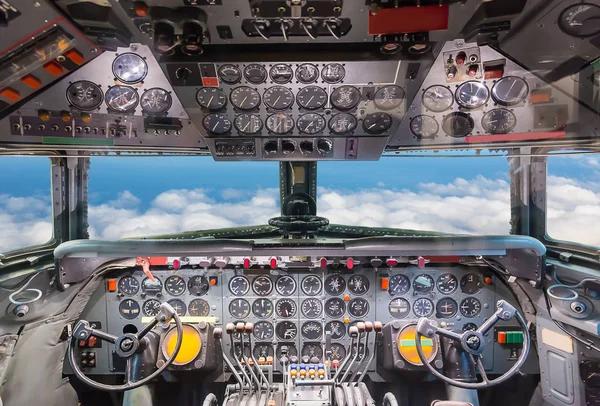
2. Modernized Interior and Systems
Chief Designer Vladyslav Vlasik says the rebuilt Mriya will retain its very recognizable external profile, but its interior will be thoroughly modern: All-new flying and powerplant controls will replace Soviet-era avionics with state-of-the-art European- or American-designed systems. That might make the airplane substantially lighter and more powerful, but also adds substantial engineering complexity-particularly with respect to the integration of new systems into a legacy airframe.

3. Issues in Engine Supplies
The original Ivchenko Progress D-18T engines are no longer manufactured by Motor Sich, and to make new units would cost more than $20 million each to build. With six required, this in itself is a major expense. One possible solution is to adapt engines from the An-124 “Ruslan”, but once more this would involve re-engineering for compatibility and performance, adding further time to the rebuild schedule.

4. Conflicting Cost Estimates
Estimates to fund its rebuild have ranged from Antonov’s mentions of figures around €500 million to Ukroboronprom’s quotes of more than $3 billion with a five-year timeline. Some conservative estimates have spoken of as low as $120 million, but these most likely exclude the cost of new engines and full certification. This underlines the uncertainty not only about the scope of the project but also about the level of modernization planned.
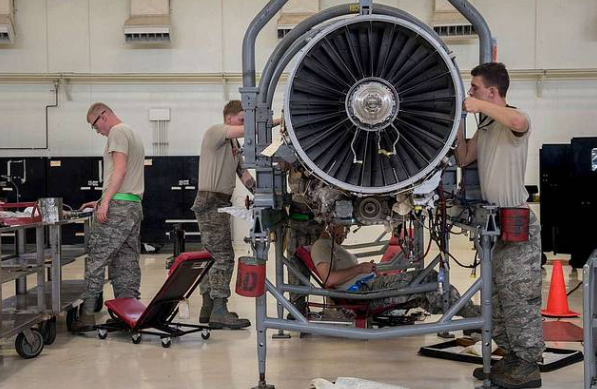
5. International Cooperation Plans
Mr. Antonov introduced the reconstruction as a broad international project, inviting leading world aerospace enterprises to take part in it. Components recovered from the wreckage will be combined with newly manufactured parts produced in several countries. Such an approach spreads the costs and taps specialized expertise, even as it involves complicated coordination across borders and regulatory systems.
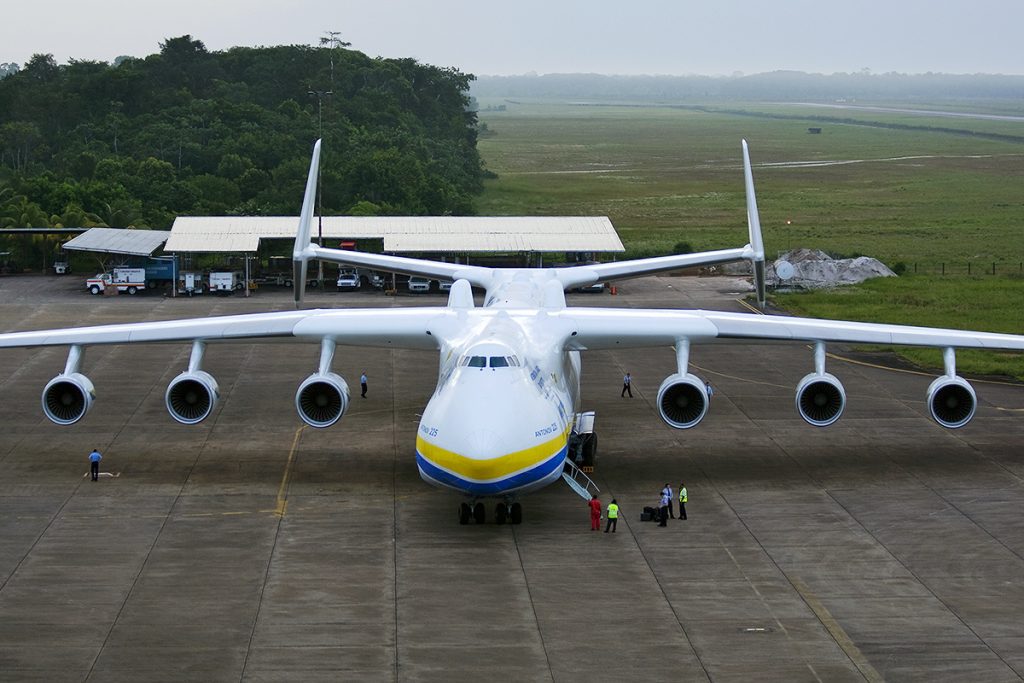
6. Financing through War Reparations and Donations
Ukroboronprom swore it would make Russia pay for the rebuild through war reparations, a goal dependent upon post-war legal and political outcomes. Antonov, meantime, has opened a multi-currency donation account, although public fundraising has been modest-just over $4,200 reported in one update. Similar crowdfunding models, operating in space projects such as KickSat, have been discussed but would require sustained global engagement.

7. Contributions to the World of Technology
In 2023, Antonov teamed up with Microsoft to put the An-225 into Microsoft Flight Simulator; the virtual model was made “as close as possible to the original,” and 100% of gross receipts of its sale for the first year were routed to the reconstruction fund. This has raised not only money but also kept the Mriya in the public consciousness, giving enthusiasts a way to interface with the aircraft’s legacy.
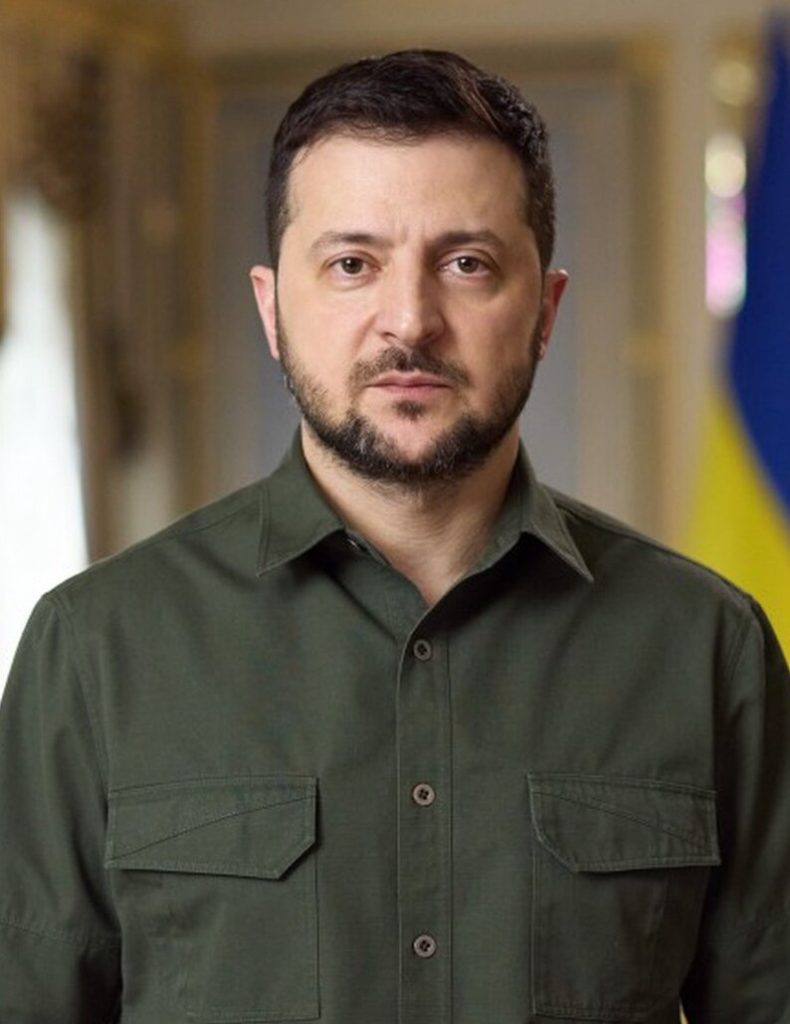
8. Symbolism and National Pride
The president, Volodymyr Zelensky, has framed rebuilding Mriya as “a matter of ambition” and tribute to the pilots who died defending Ukraine. To many Ukrainians, the aircraft is inseparable from national identity, a child of sorts from its creators. This symbolic weight feeds the political will to keep the project in the public eye, no matter how great the practical obstacles.
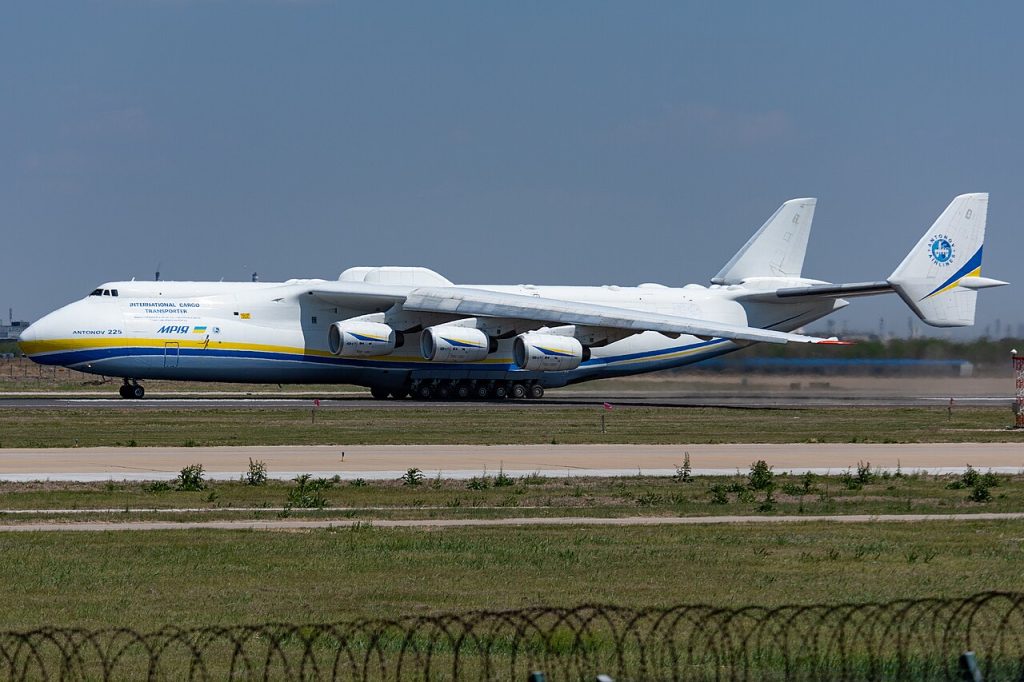
9. Skepticism and Environmental Concerns
Critics say there is little practical point in reviving a one-off heavy lifter from an era of fuel-efficient aircraft with high operating costs estimated at $32,000 per flight hour. Some question whether a rebuilt Mriya could pass modern certification in Europe or the U.S. or if the environmental impact aligns with contemporary aviation priorities. These debates present a fight between nostalgia, national pride, and economic reality.
More than just an engineering project, the reconstruction of the An-225 Mriya is a test of Ukraine’s resilience, its ability to marshal global support, and its determination to preserve a symbol of technological achievement under extraordinary adversity. Whether the new aircraft takes to the skies in five years or remains an ambitious blueprint, this effort itself has already ensured that Mriya’s legacy endures.
